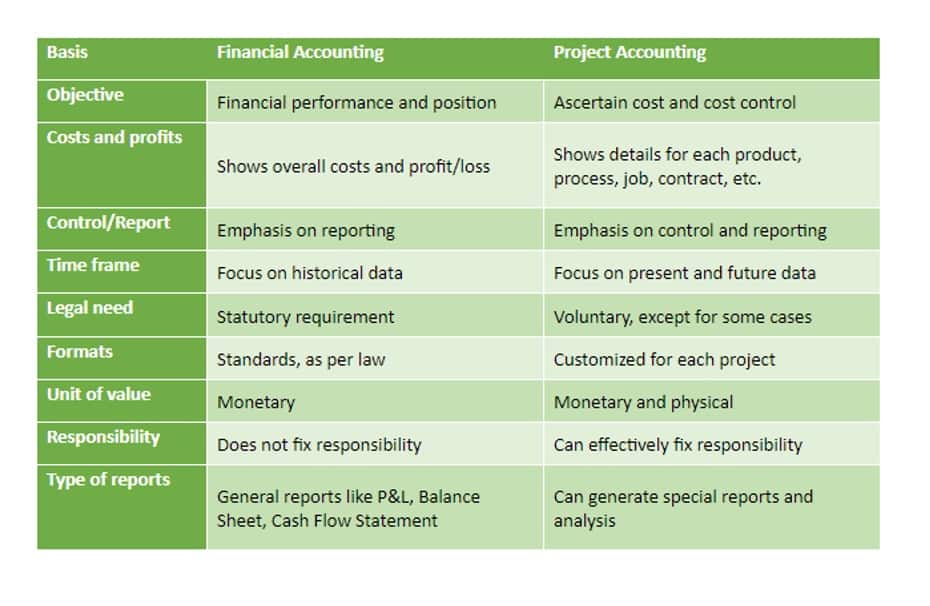
This blog explores 9 impacts of AI on accounts payable, paving the way for a smarter, more efficient financial future for businesses. Robotic Process Automation (RPA) sometimes referred to as software robotics, uses software automation to mimic tasks traditionally completed by office staff such as data extraction and form completion. But perhaps the best part of AP automation is the electronic invoice approval process that will direct invoices to the correct approver or approvers, eliminating lost and misplaced invoices and approval delays. This process starts with invoice automation, digitizing invoices, and using optical character recognition or OCR technology to extract the information found on the invoice.

By accessing and using this website, You accept and:
A key component of this automation is the use of advanced technologies like Optical Character Recognition (OCR). OCR converts various documents, such as scanned paper documents, PDF files, or images, into editable and searchable data. This system balance sheet efficiently captures data from invoices, including invoice numbers, vendor details, invoice dates, and line item descriptions, at high speeds without human intervention. The OCR system interprets the characters and numbers, transforming them into digital data for seamless integration into a company’s financial system. AI-based GL coding systems can learn from past transactions and apply these learnings to code new invoices.
Conclusion: The AI Revolution in Accounts Payable
- When applied to AP automation, this technology can synthesize high volumes of financial data, enabling businesses to forecast trends and draw actionable insights in real time.
- Any User Submissions you post to the Website will be considered non-confidential and non-proprietary.
- The Ask Pi bot answers your complex questions quickly, without the need to navigate through layers of interfaces or conduct lengthy analysis.
- The likelihood of missing errors earlier in the invoice cycle is always there.
- Integrations with ERP systems will allow your business to handle complex workflows with ease.
Machine learning models, when trained, can dynamically comprehend relevant data and speed up the automation process. Using models with continuous learning capacity, especially trained with company-specific data, makes the automation process faster and more efficient. The purpose of AI in accounts payable isn’t to replace humans, but to help them be more efficient with their time by automating the menial aspects of invoice processing. It speeds up their workflows, cuts down on errors, and can flag inconsistencies that may slip through the cracks.

Introduction to AI in Accounts Payable

Furthermore, predictive analytics powered by machine learning algorithms can provide valuable insights into cash flow management. By analyzing historical data patterns and trends, these algorithms can forecast future cash flows accurately and assist businesses in making informed financial decisions. Automated invoice processing transcends mere technological advancement; it signifies a transformative shift. In this seamlessly integrated automated system, every aspect—from invoice capture and authentication to omnichannel presence and STP—works harmoniously to create a robust and secure AP framework. Acting as a facilitator rather than a conductor, AI-led automation addresses practical challenges, strengthens vendor relationships, and delivers unparalleled efficiency and accuracy. As businesses adopt this technological evolution, they can confidently position themselves on the stage of financial excellence, shedding the constraints imposed by traditional, manual processes.
- The rise of robotic process automation (RPA) also works to mechanize labor-intensive systems like document management, filing, data entry, etc.
- Taking it a step further, generative AI can extract vital information from various invoice formats, even those that are unstructured or complex.
- Fraudulent invoices and unauthorized transactions are persistent challenges in accounts payable, costing businesses millions annually.
- Here are some steps to successfully integrate AI into your accounts payable processes.
- Feel free to check our article where we examined AI applications in the audit industry.
Scalability and future-proofing

It can intelligently identify and capture essential details such as supplier names, invoice numbers and total amounts, regardless of the invoice’s layout. With the aid of natural language processing and image recognition capabilities, AI can understand and interpret text like a human ai accounts payable would, but with the added advantage of speed and accuracy. Benefits of automating AP processes include labor savings, increased productivity, faster cycle times, fewer payment errors, and more early-pay… Remember that AI is an adaptive technology that builds off the feedback you provide. Over time, it will learn from your processes and patterns to become a personalized solution for the business. Manual processes are prone to human error, like typos, duplicate entries, and misentered information.
This policy applies to the Scry Analytics, Inc. websites, domains, applications, services, and products. After implementing AI, continuously monitor its performance and gather user feedback. Regular monitoring ensures that the AI solution remains effective and Bookkeeping for Etsy Sellers continues to deliver value over time. AI-backed AP platforms are designed to simplify the work for AP terms, not replace them entirely.
A transparent and open dashboard gives inputs to departmental managers and finance teams to track payments in real-time. Unified accounting systems are the future of accounts payable, where there will be no manual data transfers. It also includes the rate of incorrect invoices to total processed invoices. If you want to shine above the shortcomings and create teams that provide more value, automation is the only choice. Modern accounting applications make use of them and other state-of-the-art technologies to automate your entire accounting department. Some tasks that will be replaced by AI in the near future are data analytics, risk assessment and flagging, compliance management, chatbot assistance, and many more.
- Automation is finance’s greatest asset, and artificial intelligence plays an important role in the digital transformation of accounts payable processes.
- By using optical character recognition (OCR) and NLP, AI-driven invoice processing can instantly capture key invoice details, such as vendor names, amounts, and due dates, directly from digital or scanned documents.
- Introducing artificial intelligence into accounts payable demands meticulous planning and strategy.
- While traditional systems rely on fixed rule sets, AI continuously learns and adapts.
- She is a media and communication professional with a Bachelor’s Degree focused in Broadcast Communication from Polytechnic University of the Philippines.
- Furthermore, on the horizon for AP and finance departments is the utilization of generative AI and advanced data extraction techniques, promising enhanced efficiency and precision.
This can include tasks like invoice validation, manual data entry, approval delays, etc. ML is a tool for future-proofing, with the ability to continuously learn and adapt to new patterns. AI creates a cohesive environment for all of your accounts payable processes, integrating seamlessly with ERP systems. It also helps to assess vendor performance by analyzing delivery times, payment history, and the quality of products or services. Automation technology also assists with predictive analytics, analyzing historical data to better identify cash flow trends, payment patterns, and potential gaps.

